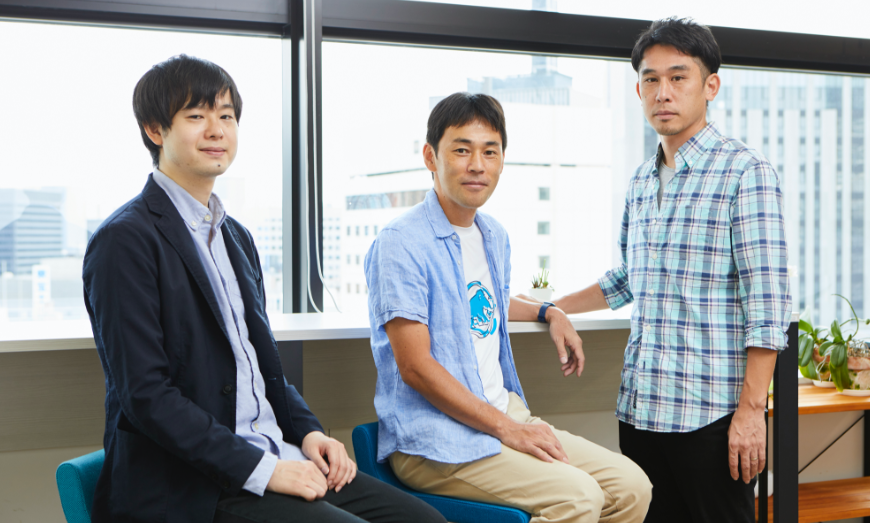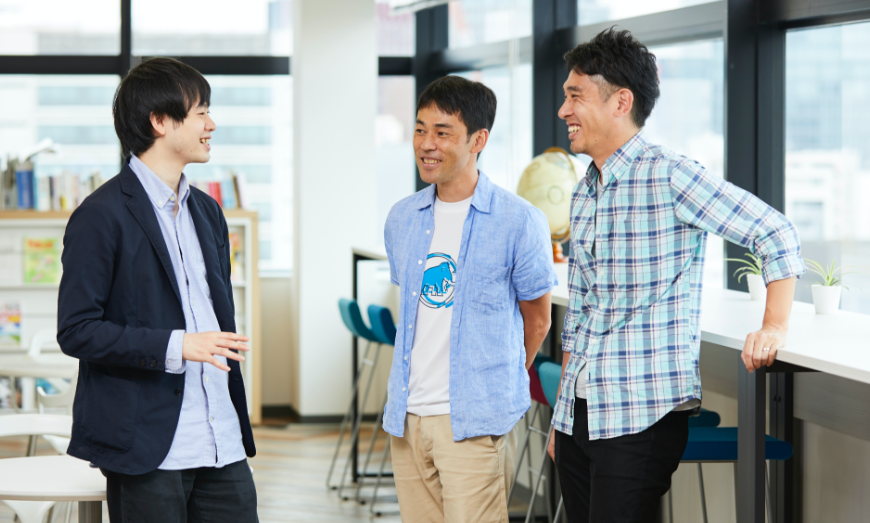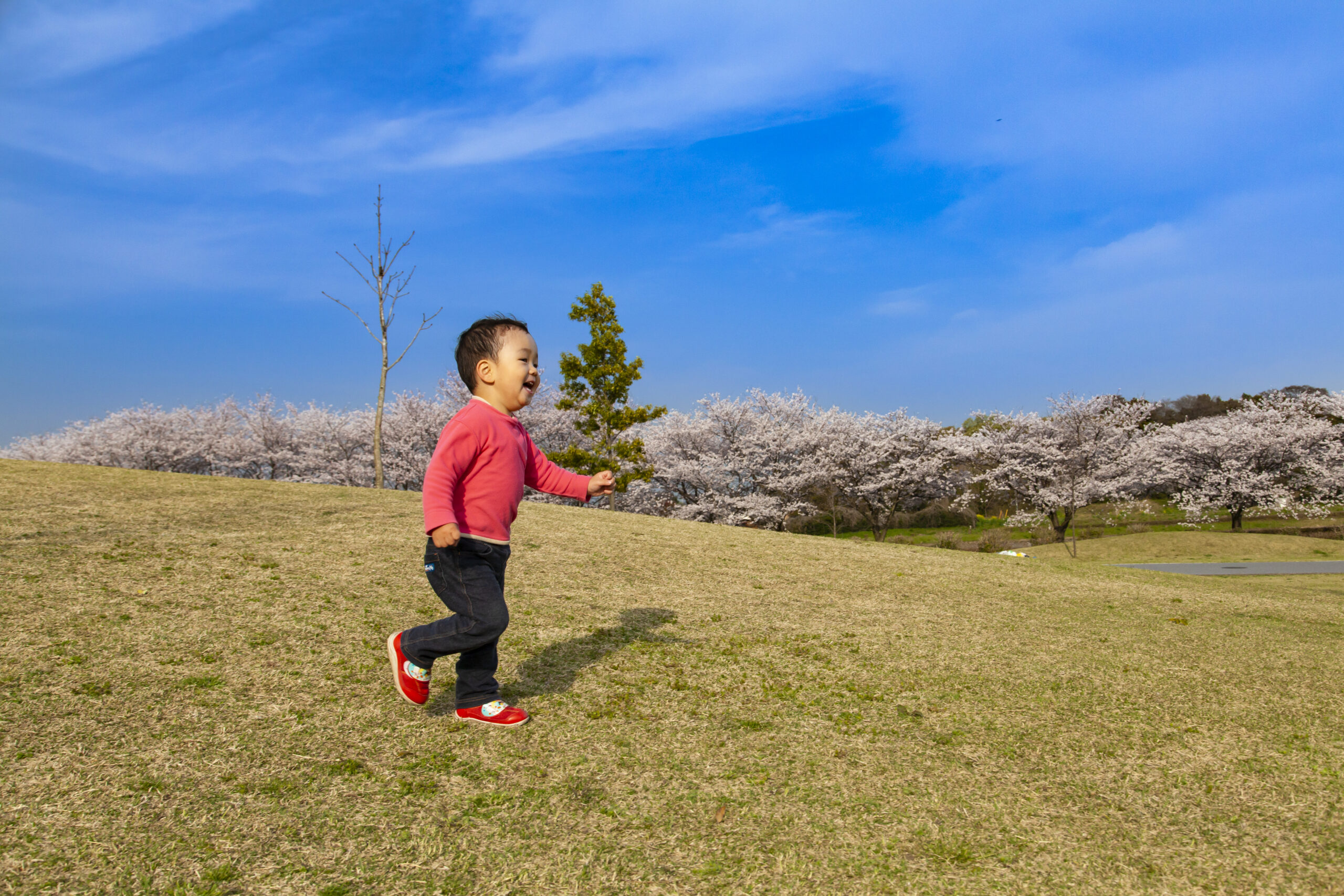Company
IR
Image Enhancement by AI Based Segmentation and Pixel Filtering “Morpho Semantic Filtering™”

“Morpho Semantic Filtering” is an image enhancement software that uses AI based segmentation and pixel filtering.
In 2020, it won the Best AI Software/Algorithm Award at a Vision Product of the Year Awards 2020 sponsored by the Edge AI’s international-industry organization.
During this roundtable, the project team discussed the development history and possible future directions.


Morpho Semantic Filtering™
Image Enhancement by AI Based Segmentation and Pixel Filtering
Segments the image into meaningful reginos using and improves image quality by processing each region according to its category.